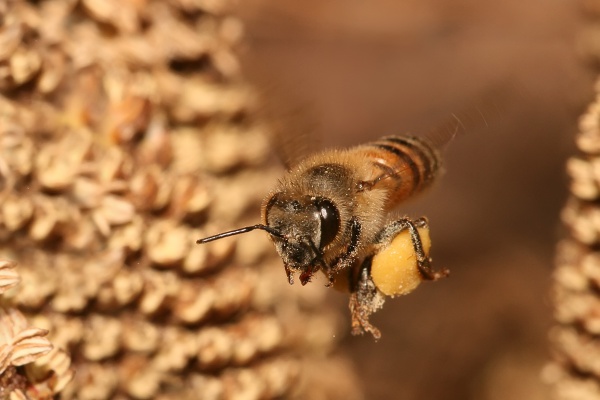Facts About Honey bee
The honey bee, a social flying insect from the genus Apis, is renowned for constructing wax nests, producing honey, and establishing large colonies. Originally native to Eurasia, honey bees have spread worldwide through human introduction. Of the seven recognized species of honey bees, the western honey bee (Apis mellifera) is the most familiar, widely utilized for honey production and crop pollination.
The name "Apis" derives from the Latin word for "bee." Honey bees first emerged in South and Southeast Asia, with fossil records dating back approximately 34 million years. These insects live in colonies and exhibit diverse nesting behaviors depending on the species. Although there are about 20,000 bee species, only seven are classified as honey bees.
Honey bees play a critical role in pollination, with Apis mellifera being particularly vital for commercial crop pollination. There is ongoing debate, however, about the impact of managed honey bees on wild pollinators. They feed on pollen and nectar, with pollen providing protein and nectar supplying carbohydrates.
Beekeeping, the practice of maintaining and managing bee colonies, has become increasingly important, especially in light of issues such as Colony Collapse Disorder, which has caused significant declines in European honey bee populations. Within a hive, a complex social structure exists, comprising drones, workers, and queens, each fulfilling specific roles.
Honey bees protect their colonies by stinging intruders and injecting venom, which contains biologically active compounds. Their stingers are equipped with barbs designed to defend against predators. Communication within the colony is sophisticated, involving chemical signals and a unique dance language that conveys information about food sources and nesting sites.
Throughout history, honey bees have carried symbolic meanings in various cultures and religions, representing qualities such as eloquence, hard work, and adaptability. They have symbolized governance, immortality, and resurrection and have been used in political theories and myths to illustrate various virtues and societal characteristics.

 Mexico
Mexico